Walking through Aquileia feels like stepping back in time. Before Venice dominated the Adriatic, Aquileia was one of the Roman Empire’s largest and wealthiest cities. The archaeological treasures here offer an incredible glimpse into Roman life.
The Patriarchal Basilica’s floor mosaics rank among the most spectacular early Christian art in Europe. I love how easy it is to explore this UNESCO World Heritage site on foot.
From the Basilica’s magnificent interior, where an elevated pathway lets you walk directly over ancient mosaics, to the remarkably preserved Roman port structures along the river, everything tells a story. The silhouette of the Campanile (bell tower) serves as a helpful landmark as you wander between sites.
What makes Aquileia truly special is how the ancient ruins exist in the open air. When I strolled from the basilica toward the harbor ruins, I followed essentially the same path Romans took nearly 2,000 years ago.
The Roman River Port remains one of the best-preserved examples of ancient port structures anywhere in the world, a testament to Aquileia’s former glory before Venice rose to prominence.
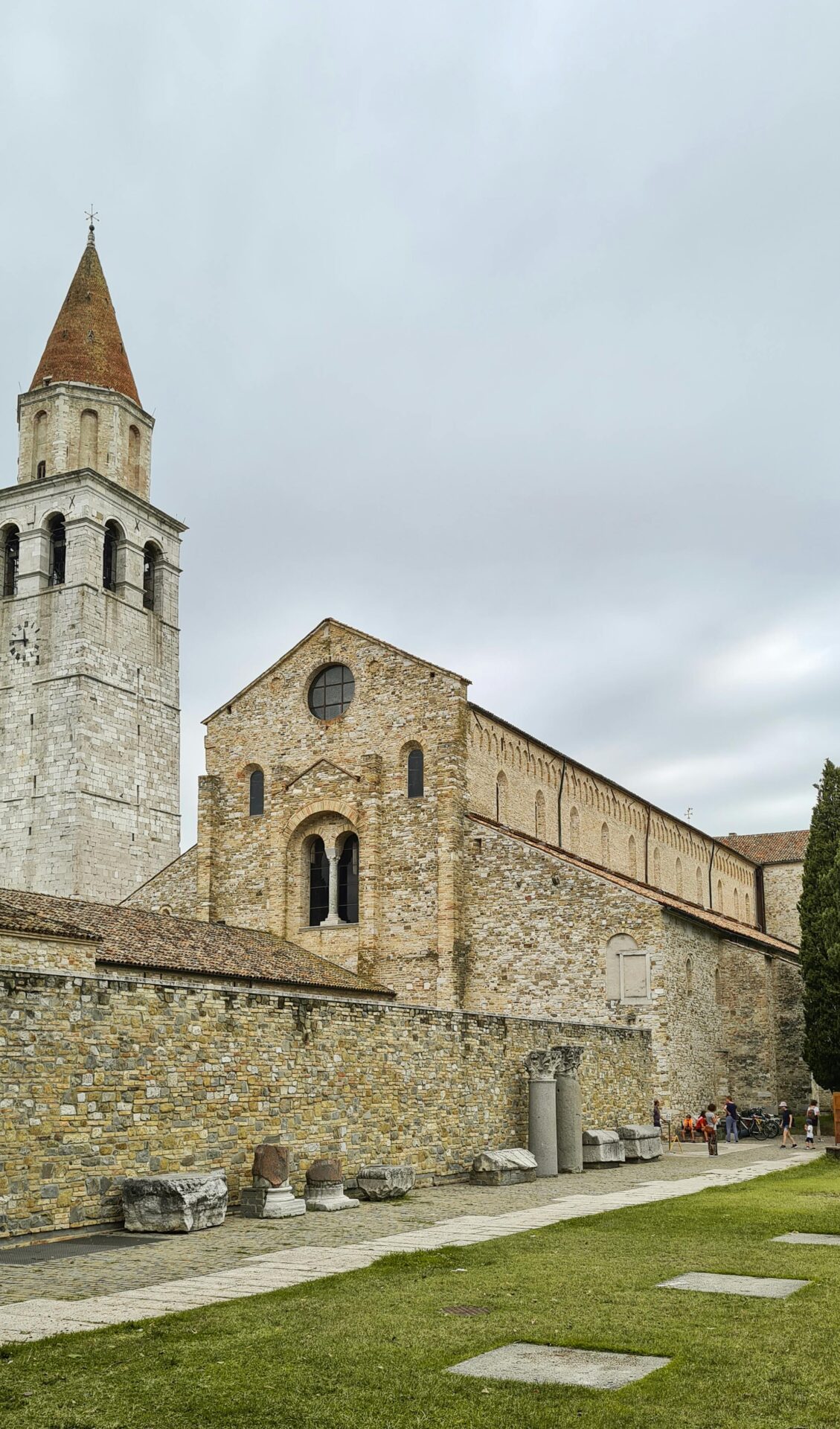
The Legacy of Aquileia
Aquileia’s influence extends far beyond its ancient walls, preserving a remarkable slice of Roman and early Christian history. Walking through this archaeological wonderland, I’m constantly amazed by how much has survived despite centuries of challenges.
A UNESCO World Heritage Site
Aquileia earned its UNESCO World Heritage status in 1998, recognizing its exceptional historical importance. The archaeological area preserves one of the most complete examples of an early Roman city in the Mediterranean world.
When I explore the site, I’m walking through what was once the ninth-largest city in the Roman Empire – a remarkable metropolis that rivaled major trading ports like Rotterdam in its heyday.
The well-preserved harbor structures are particularly special. Unlike many Roman ports lost to time, Aquileia’s river port remains visible, offering a rare glimpse into ancient maritime commerce and engineering.
UNESCO recognizes Aquileia not just for its Roman ruins but as a crossroads of cultures and religions that shaped European history.
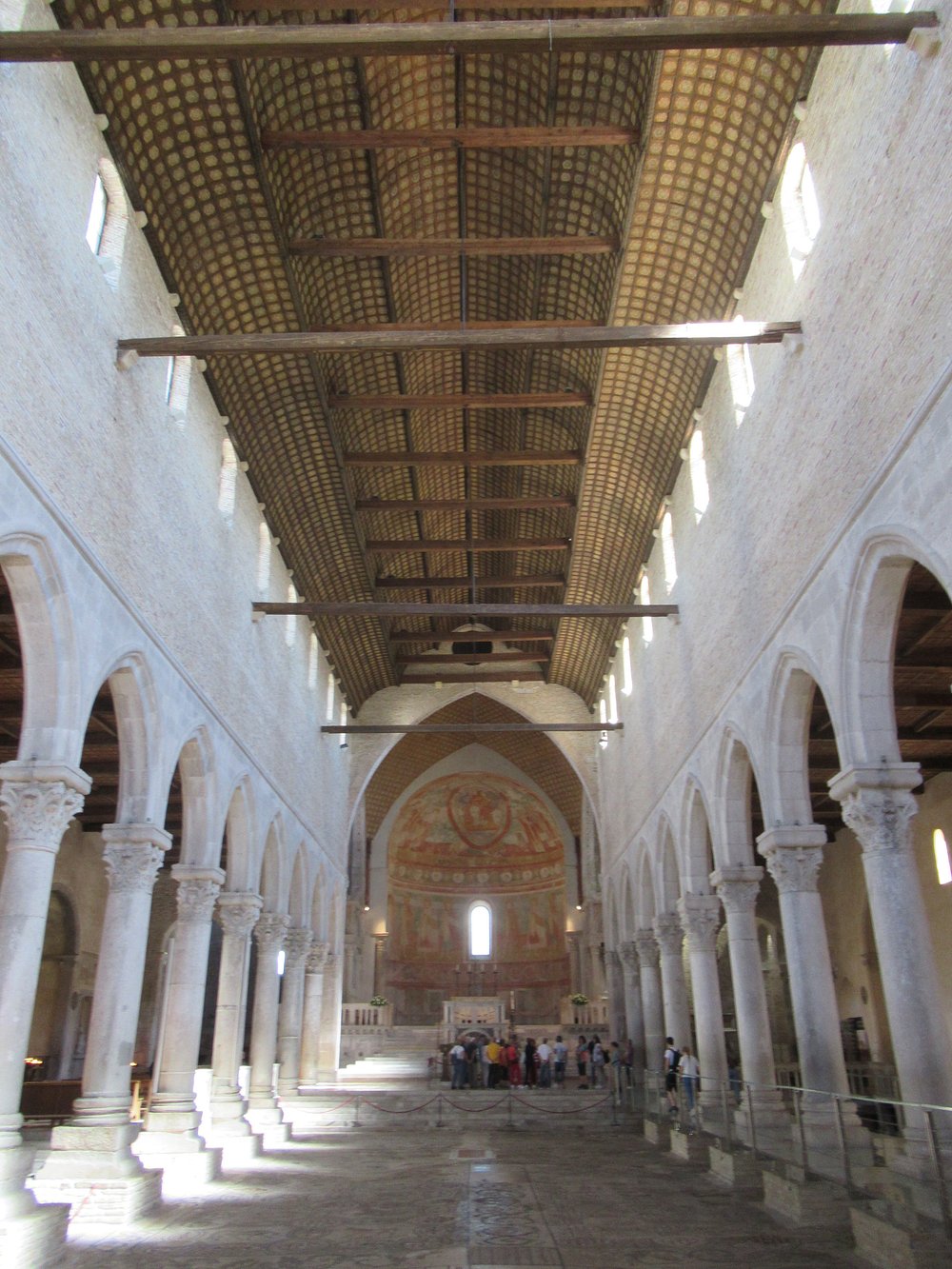
The Patriarchal Basilica and Its Mosaics
The Patriarchal Basilica stands as Aquileia’s crown jewel, housing some of the most spectacular Early Christian mosaics I’ve ever seen. The basilica floor reveals an astonishing 760 square meters of intricate 4th-century mosaics.
These colorful scenes depict biblical stories, sea creatures, and symbolic representations of early Christianity. What makes them special is both their artistic quality and their remarkable state of preservation.
The basilica itself represents Aquileia’s importance as a religious center. It served as the seat of an important episcopacy that governed Venetia et Histria, making it a powerful religious hub.
I always recommend visitors spend extra time here. The mosaics offer a stunning window into both artistic techniques and early Christian symbolism that’s rarely found elsewhere in such pristine condition.
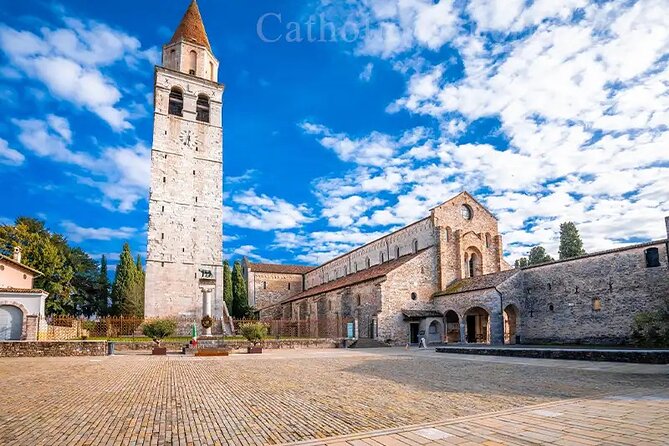
Echoes of the Roman Empire
Aquileia’s Roman ruins tell stories of a once-mighty imperial city. Founded in 181 BC, it quickly became one of the wealthiest cities in the empire, strategically positioned at the northeastern frontier.
The most poignant chapter in Aquileia’s Roman history came in 452 CE when Attila the Hun sacked the city. This devastating attack marked the beginning of the end for Roman Aquileia, though its cultural influence continued.
Walking among the forum ruins, ancient road remains, and residential areas, I can almost hear echoes of daily life that unfolded here nearly 2,000 years ago.
The archaeological evidence shows how Aquileia served as both a military stronghold and cultural center. Its location at the crossroads of trade routes between East and West made it a melting pot of ideas, religions, and artistic styles.
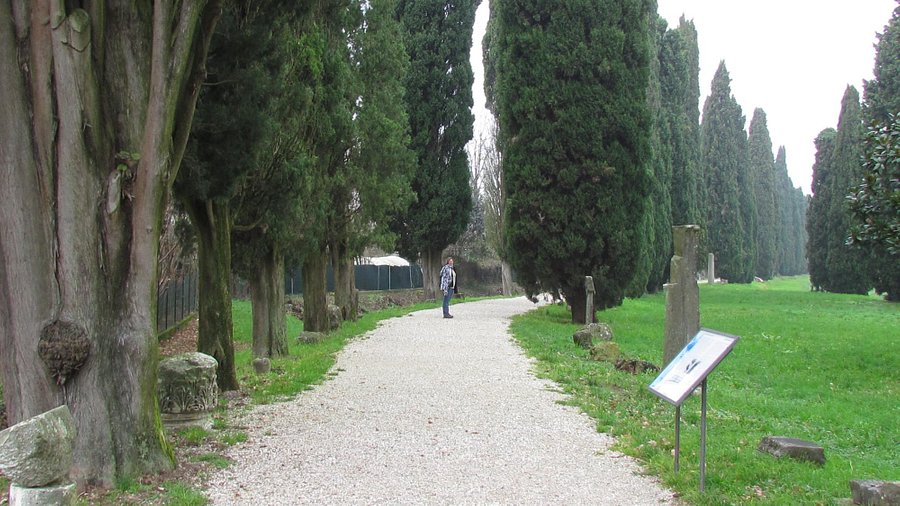
From Sacred Grounds to Ancient Waters
Walking through Aquileia connects you to both spiritual history and maritime commerce, creating a journey that spans centuries of Roman innovation and Christian artistry. The path from the basilica to the ancient harbor reveals how this UNESCO World Heritage site functioned as both religious center and trading powerhouse.

The Enigmatic Cathedral
I was awestruck when I first entered the Basilica of Aquileia. The 4th-century cathedral houses one of the most spectacular mosaic floors I’ve ever seen in Europe. This massive 760 square meter carpet of intricate designs tells biblical stories through vibrant colors and detailed imagery.
What makes this visit special is the elevated pathway that lets you walk directly above the mosaics. I could see every detail of the sea creatures, biblical scenes, and geometric patterns that early Christians created.
The basilica’s bell tower offers a panoramic view of the surrounding archaeological area. From this height, I could trace the outline of ancient Roman streets leading toward the harbor.

The Port of Aquileia: Gateway to the Adriatic
Just a short walk from the basilica, I discovered the remains of what was once one of the Roman Empire’s most important ports. The Port of Aquileia connected the city to the Adriatic Sea through a complex canal system.
During Roman times, this bustling harbor welcomed ships carrying olive oil, wine, and exotic goods from across the Mediterranean. The archaeological site reveals stone quays where vessels once docked and warehouses that stored valuable cargo.
Walking along the ancient port, I noticed remnants of loading docks and storage facilities. Information panels explain how goods would arrive here before being distributed throughout northern Europe.
The port’s strategic location made Aquileia incredibly wealthy. Evidence of this prosperity appears in the luxurious homes nearby, where wealthy merchants once lived within walking distance of both the harbor and cathedral.
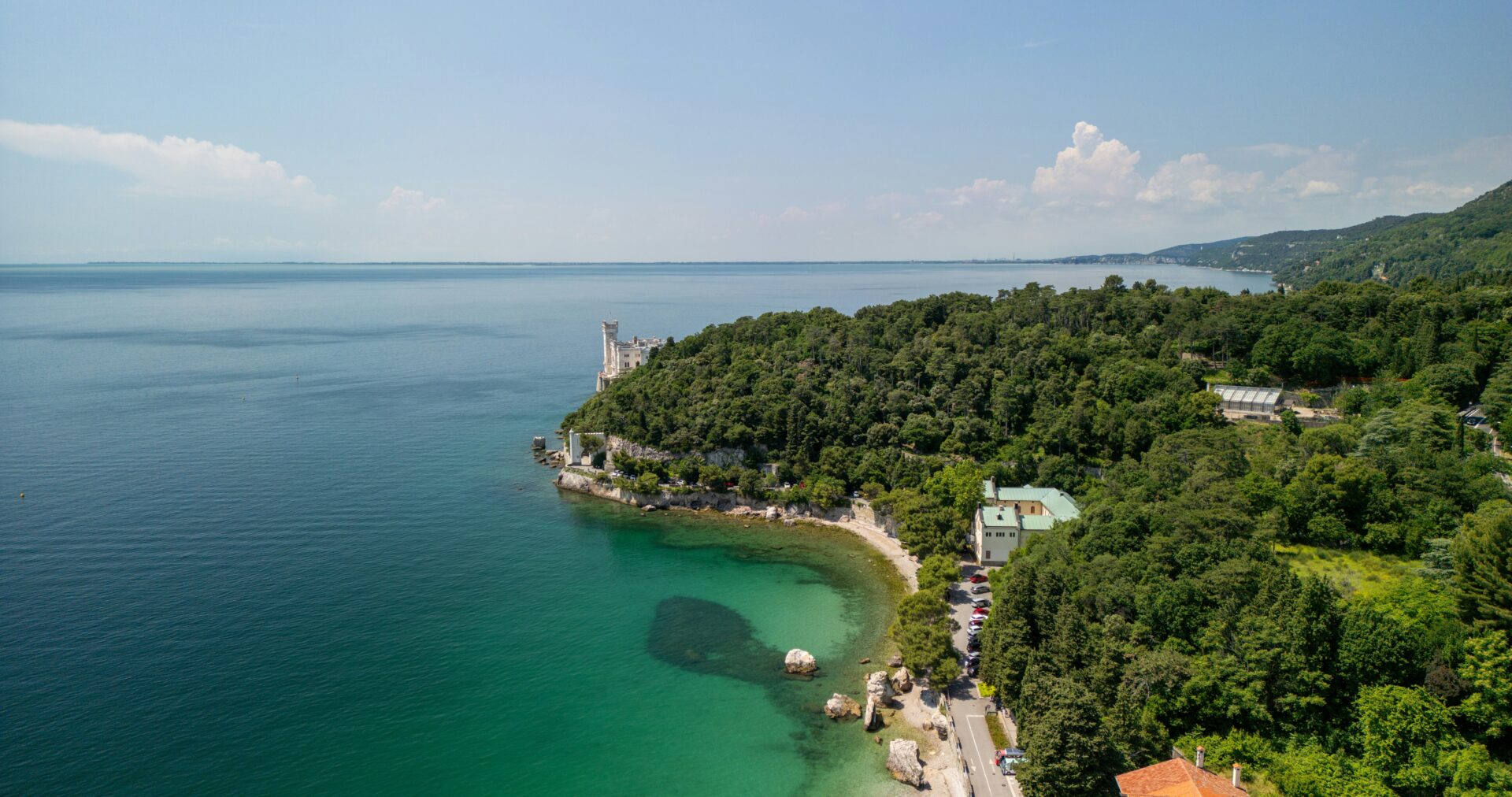
Aquileia’s Spiritual Journey
Aquileia’s religious significance stretches far beyond its Roman ruins, representing one of early Christianity‘s most important centers in Northern Italy. The city’s spiritual legacy is visible through magnificent religious sites that showcase centuries of faith.
The Sanctuary of Barbana
The Sanctuary of Barbana sits on a small island in the Grado Lagoon near Aquileia. I visited on a misty morning, taking a short boat ride from the mainland. The island’s spiritual history dates back to 582 CE when a terrible flood threatened the area.
Legend tells that a Madonna statue miraculously appeared here, leading to the sanctuary’s construction. Walking through its peaceful grounds, I felt transported through centuries of pilgrimage tradition.
The current church building dates mainly from the early 20th century, but maintains a timeless spiritual atmosphere. Pilgrims still come here, especially during the annual “Perdon de Barbana” festival when boats decorated with flowers carry the faithful across the lagoon.
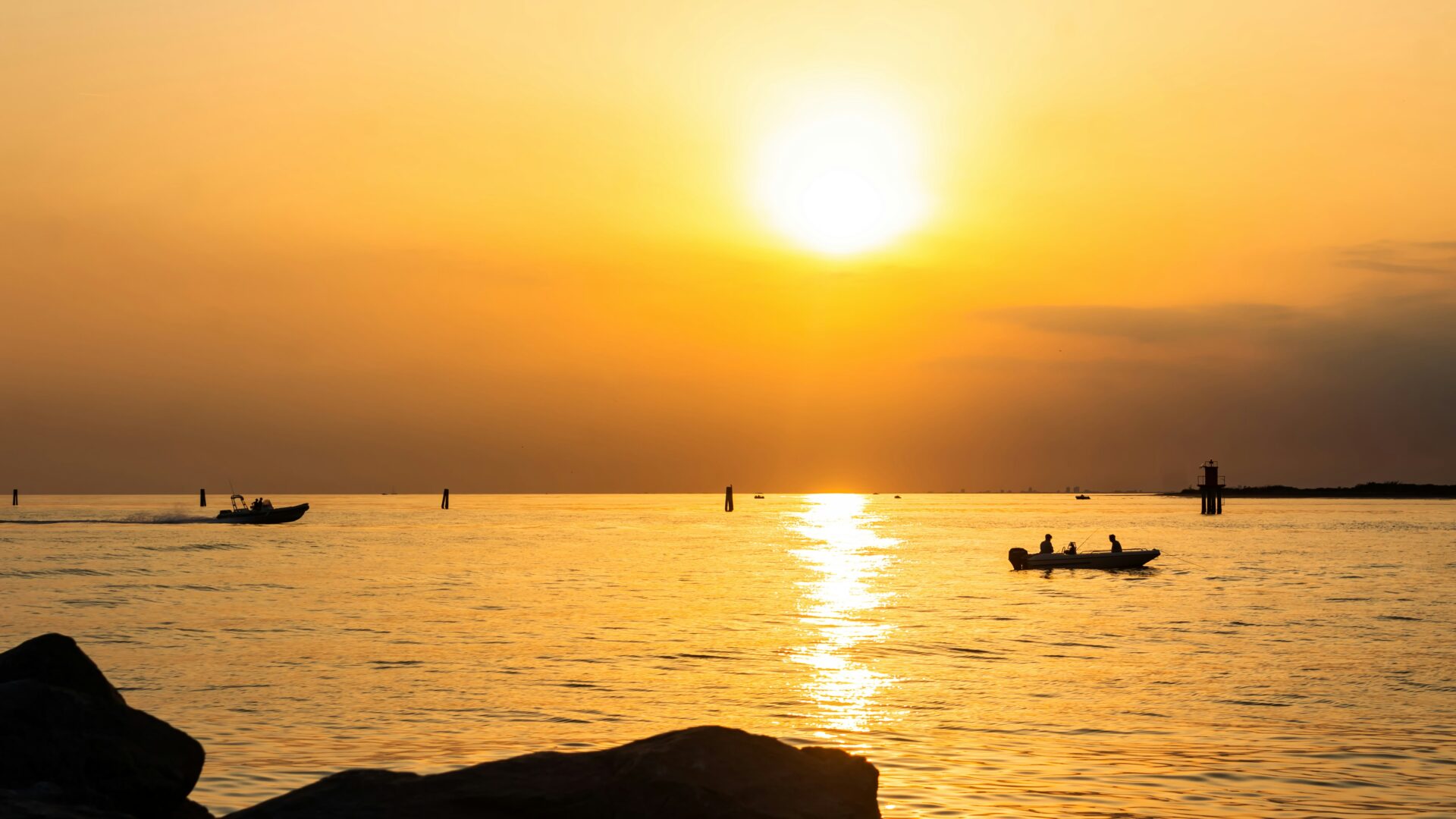
The Church of Aquileia
The Basilica of Aquileia stands as the crown jewel of the city’s spiritual heritage. When I stepped inside, the magnificent 4th-century floor mosaic immediately took my breath away. At over 760 square meters, it’s one of the largest and best-preserved early Christian mosaics in the Western world.
Bishop Chromatius oversaw this Christian complex, making Aquileia a crucial center for early Christianity. The basilica’s mosaics tell biblical stories and depict early Christian symbols with remarkable detail and vibrant colors.
The bell tower offers panoramic views of the surrounding landscape. I climbed the stairs on a clear day and could see all the way to the Adriatic Sea, understanding why this location held such strategic and spiritual importance.
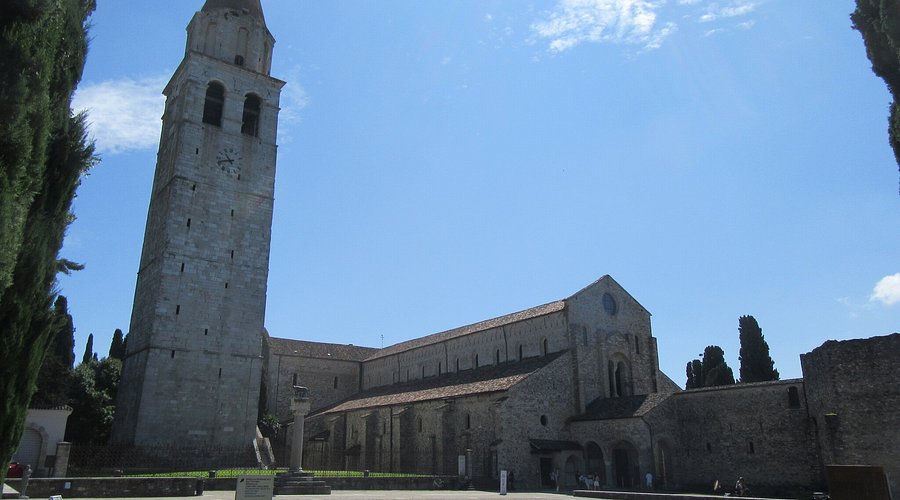
Coastal Connections
Aquileia’s importance stemmed from its strategic position as a maritime gateway to the Adriatic. The Roman city’s influence extended along the coast, creating connections that still resonate today.
Grado and Its Sandy Beaches
Just a short 10-kilometer journey from Aquileia lies Grado, often called the “First Venice” by locals. I found this charming island town offers a perfect complement to Aquileia’s historical depth with its gorgeous golden sandy beaches.
During Roman times, Grado served as Aquileia’s port, handling ships too large to navigate the shallow lagoon. Today, it’s a delightful seaside resort where I enjoyed walking along the seafront promenade.
The historic center retains its medieval character with narrow alleys and small squares. Don’t miss the early Christian basilicas that echo Aquileia’s religious influence. The Basilica of Santa Eufemia contains beautiful mosaics that reflect the artistic tradition shared with Aquileia.
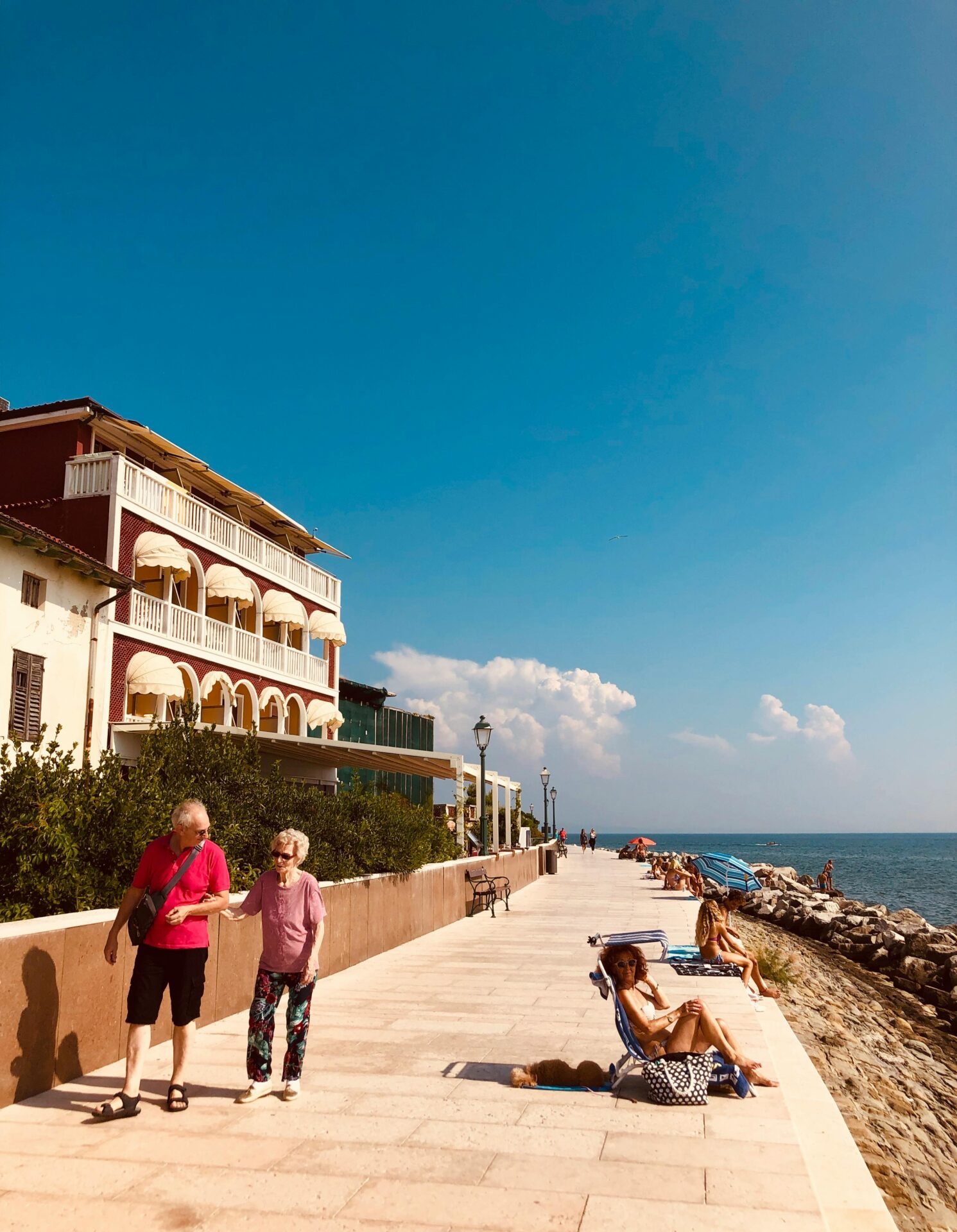
Aquileia to Venice: A Maritime Thread
The maritime connection between Aquileia and Venice represents one of history’s most fascinating transitions of power and influence in the Adriatic.
Aquileia’s decline as a commercial hub coincided with Venice’s rise. I traced this connection by following the lagoon routes that once connected these cities.
Archaeological evidence shows shared trading patterns, artistic influences, and architectural styles between the two cities. Venice’s famous mosaics in San Marco owe a debt to the earlier artistic traditions developed in Aquileia.
Today, you can travel between these UNESCO sites by boat tours that follow ancient maritime routes, offering a unique perspective on how sea power shifted from Roman Aquileia to medieval Venice.
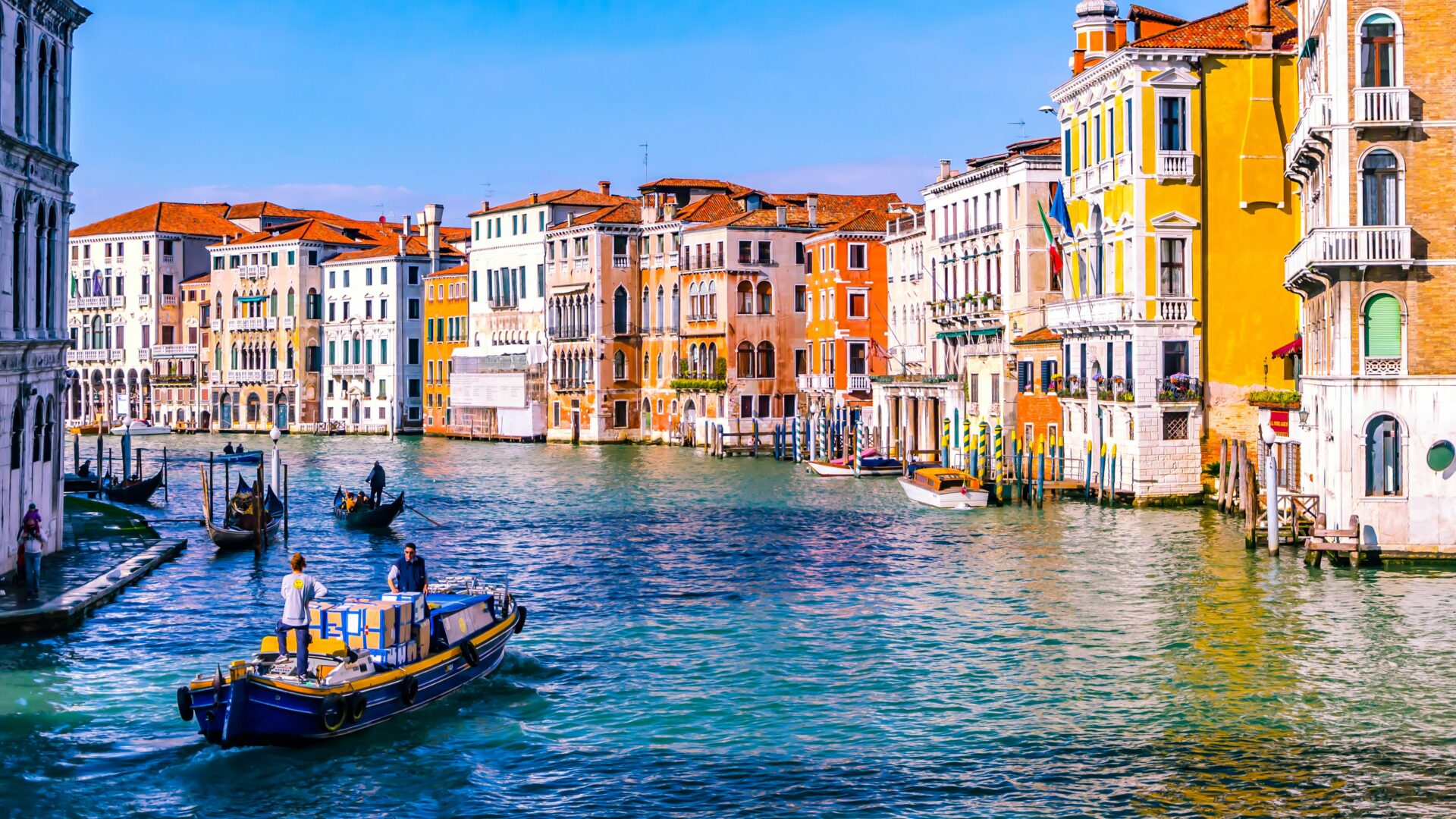
Trieste and Dalmatia: The Influence of Aquileia
Traveling east from Aquileia, I discovered how its influence reached Trieste and Dalmatia. The Roman city’s reach as a cultural and commercial crossroads shaped this entire coastal region.
In Trieste, just 50 kilometers away, Roman ruins and artifacts demonstrate Aquileia’s direct influence. The city’s Archaeological Museum houses numerous findings from the Roman period that show clear connections to Aquileia’s artistic style.
Crossing the Adriatic, Aquileia’s impact on Dalmatian cities like Split and Zadar is evident in their urban planning and early Christian architecture. I found similar mosaic patterns in churches along the Croatian coast.
Trade routes established during Aquileia’s heyday created lasting cultural exchanges that survived the fall of the Roman Empire. These connections helped shape the shared Adriatic heritage that makes this region so culturally rich today.

